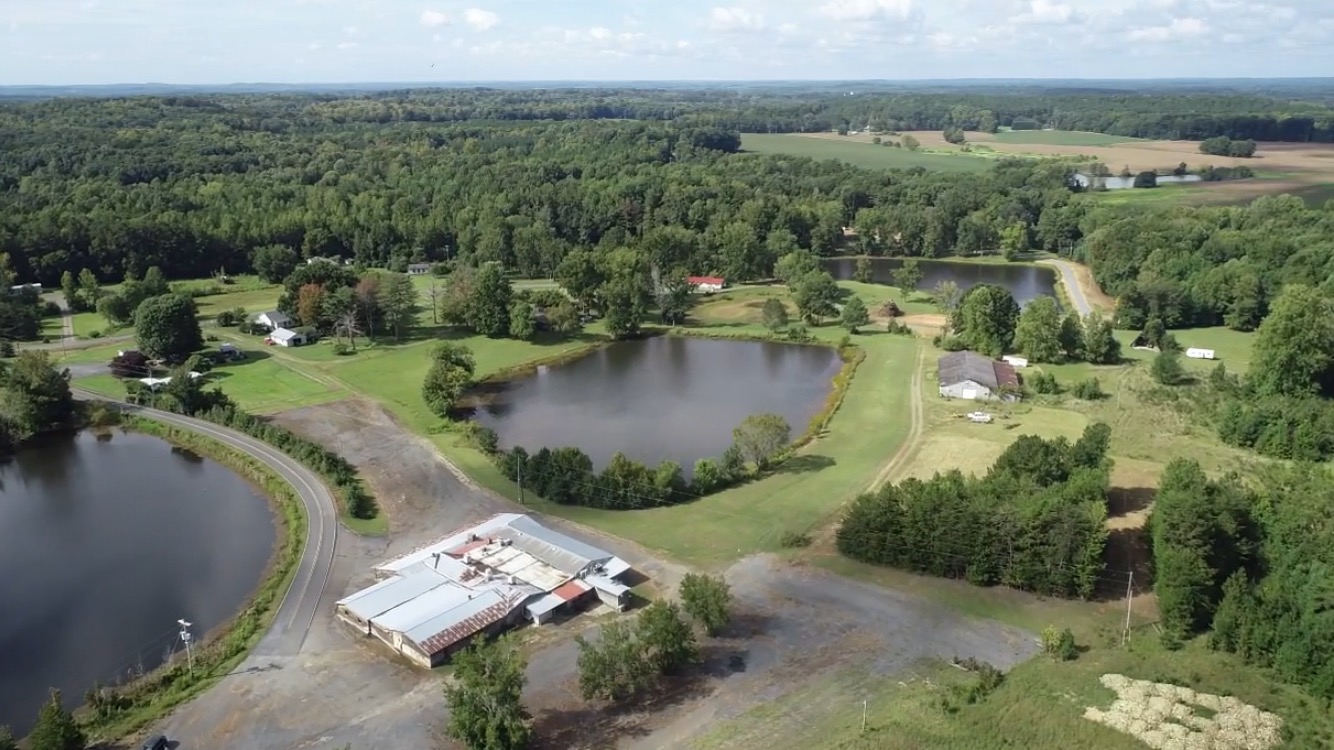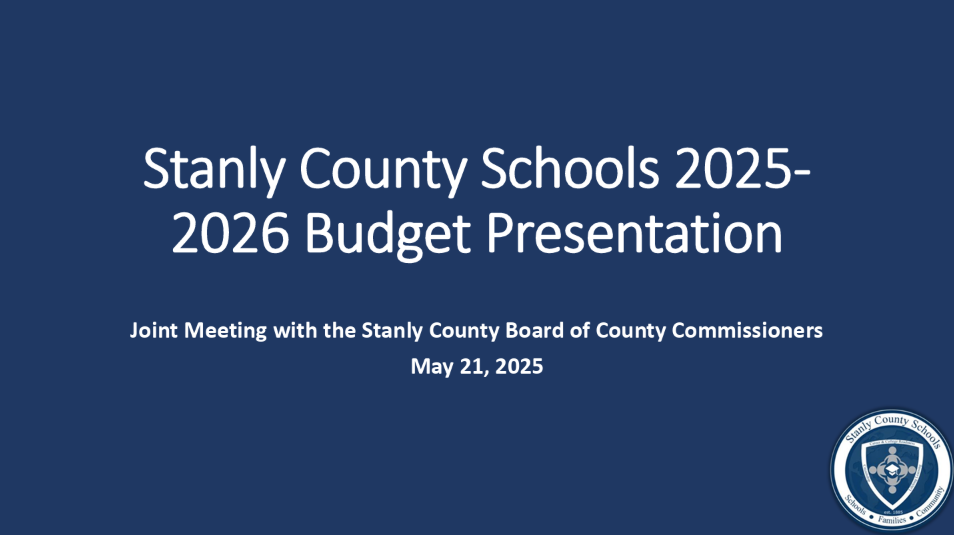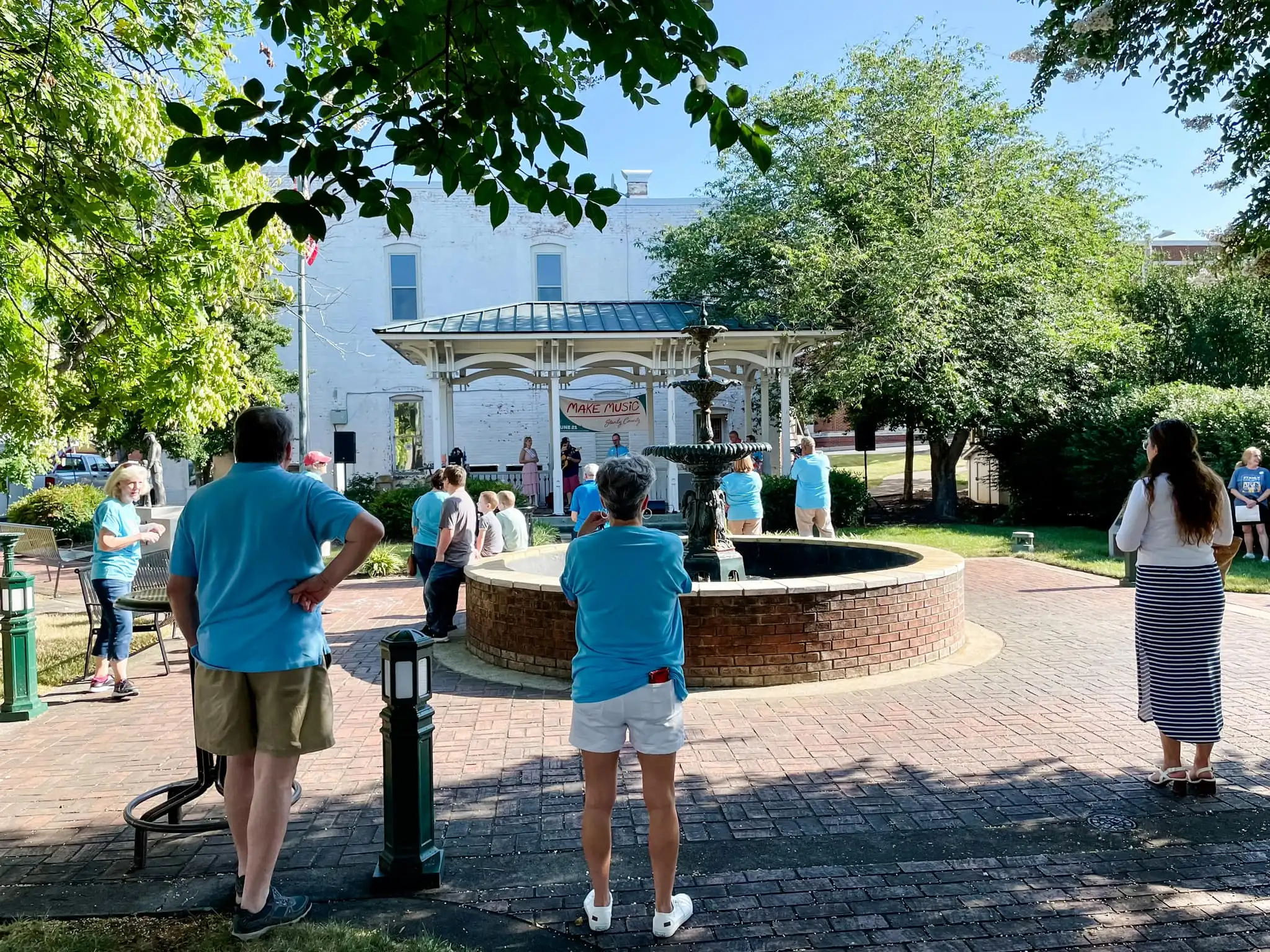JOHN HOOD COLUMN: North Carolina’s likely path to 2040
Published 2:46 pm Thursday, January 25, 2024
|
Getting your Trinity Audio player ready...
|
RALEIGH — In July of last year, the Census Bureau estimated that some 10.8 million people resided in our state. One of the fastest-growing in the country, North Carolina’s population ranks ninth, just below Georgia’s population of 11 million.

John Hood
More generally, Southern states accounted for almost 90% of America’s net population increase last year, with migration into Texas, Florida, Georgia, Tennessee and the Carolinas driving most of the region’s growth.
There’s a robust debate about why this is so. I’ve participated in the debate myself, long arguing that freer states — defined as having smaller governments, lower tax and regulatory burdens, and greater choice and competition in public services — tend to grow faster than their peers.
Today, however, I’ll focus not on the past but on the future. What will North Carolina’s population 16 years from now, in 2040? And what are the policy implications of that prediction?
In other words, let’s set aside whether the current policy mix in North Carolina and most of our Southern neighbors are responsible for recent growth. Let’s just assume that current population projections will come to pass.
Based on the 2020 Census head count and subsequent estimates, North Carolina’s State Office of Budget and Management currently projects that our population will reach approximately 13 million by 2040. Although there is no comparable projection for other states, a somewhat-older Census projection suggested North Carolina will rank seventh in population by then, exceeded only by California, Texas, Florida, New York, Pennsylvania and Georgia.
However, the projected figures for North Carolina, Pennsylvania, and Georgia are so similar, and sufficiently fuzzy, that it’s possible we’ll be the fifth-most-populous state by 2040.
Within our state, the largest metropolitan areas will likely add population at a faster rate than our smaller municipalities and rural areas, with some exceptions (such as coastal and mountain communities attractive to retirees and work-from-home households). Still, if we consider the 10 counties projected to have at least 300,000 residents in 2040 — Wake, Mecklenburg, Guilford, Forsyth, Durham, Union, Cumberland, Johnston, Buncombe and Cabarrus — their combined population of 6.3 million will still be less than half the state’s total population.
By 2040, about 21% of North Carolinians will be 65 years of age or older, up from 18% today. About 22% of North Carolinians will be 20 or younger, down from 24% today. For all the talk of rapid demographic change, I don’t see these changes as particularly dramatic. Do you?
As for race and ethnicity, non-Hispanic whites as defined by the Census Bureau are projected to account for approximately 56% of the state’s population in 2040, down from 61% today. Hispanics (of any race) and people of Asian ancestry will grow as a share of the state’s population, as will North Carolinians whose ancestries are mixed or who reject placing themselves in such crude categories in the first place.
Indeed, all projections and demographic categories have some built-in uncertainty and ambiguity. Although most new residents will either be born here or arrive as citizens from other states, immigration from overseas will play a role — as will federal policies that either encourage or discourage such immigration in the future. And unforeseen economic, social, or even medical events might significantly influence our birth and death rates.
Nevertheless, I think it’s reasonable to expect that North Carolina will be much more populous in 2040 than it is today. In my view, that’s a good reason for state and local policymakers to elevate such issues as infrastructure, housing and workforce development to the top of their priority lists.
Given the eroding capacity of motor-fuels taxes, for example, North Carolina must move as quickly as possible to a more sustainable means of paying for roads and bridges. Our zoning and housing codes are too strict, keeping builders from supplying enough homes to meet rising demand. As for workforce development, continued reforms in education and occupational licensing will be necessary to fill the jobs of tomorrow and help all North Carolinians prosper.
John Hood is a John Locke Foundation board member.






